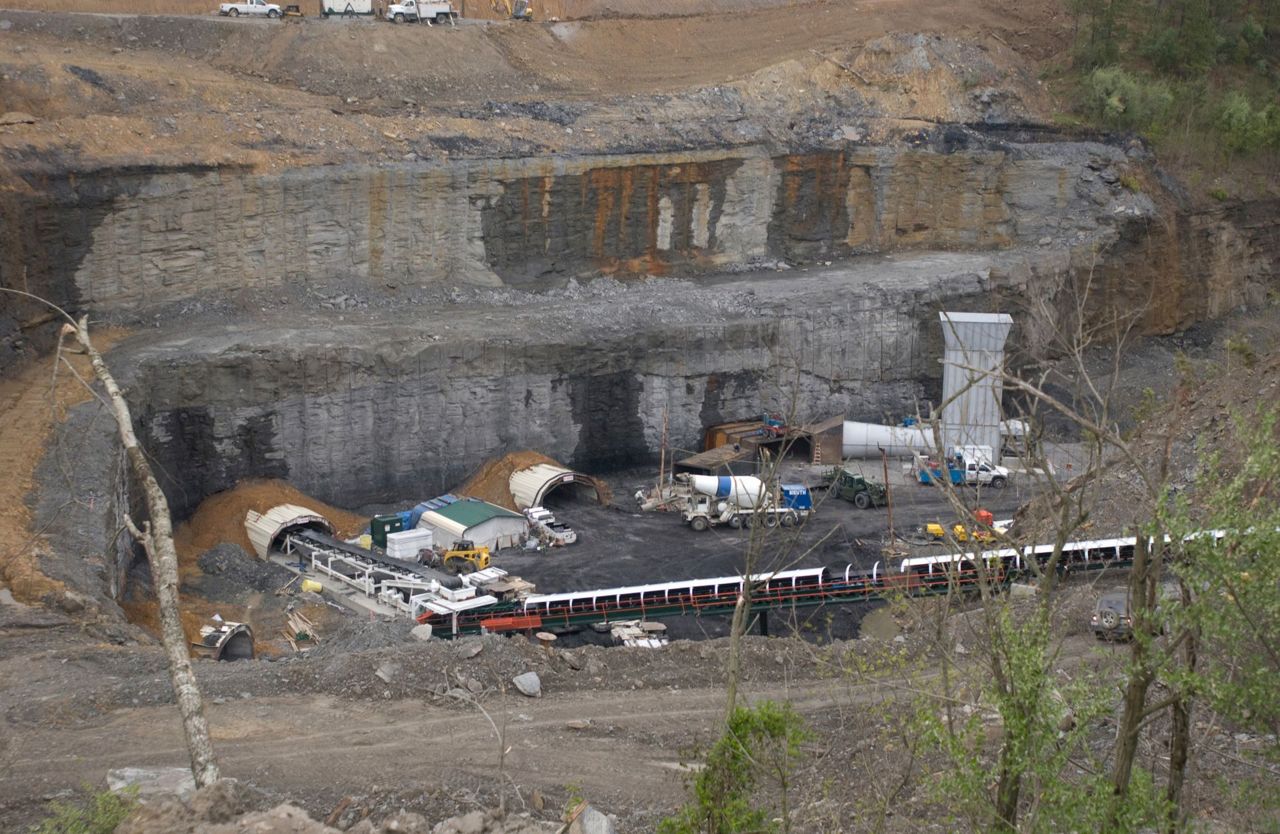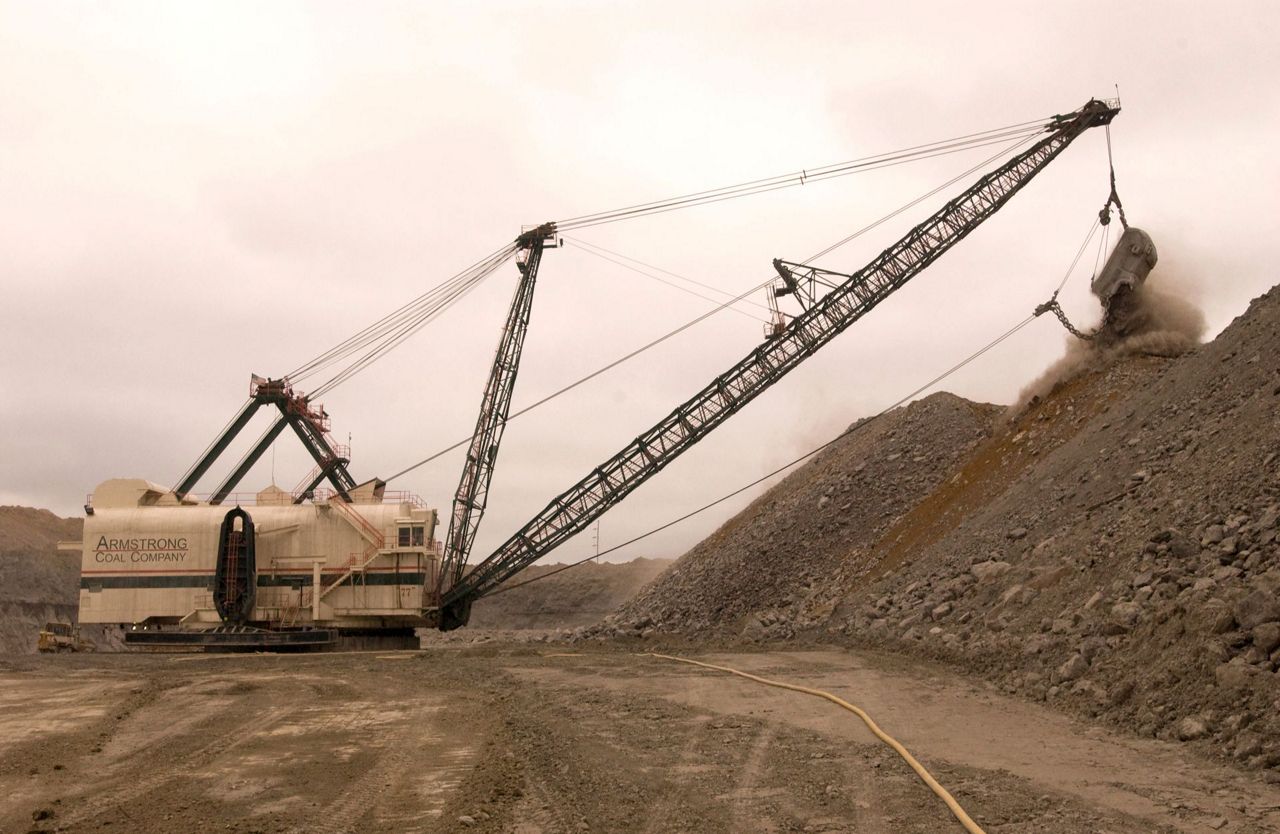LOUISVILLE, Ky. (AP) — A group of former coal company officials will go on trial in Kentucky next week for allegedly skirting federal rules meant to reduce deadly dust in underground mines.
The four men, who worked for now-bankrupt Armstrong Coal, ordered workers at two Kentucky mines to rig dust-monitoring equipment to pass air quality tests, federal prosecutors said. The inhaling of dusty air in mines can lead to an incurable and fatal disease called pneumoconiosis, or black lung, which has killed tens of thousands of coal miners.
The rare prosecution of coal company officials over safety violations is similar to a case brought against a former West Virginia coal executive in the wake of a 2010 coal mine explosion that killed 29 miners.
The defendants in the Kentucky case include Glendal “Buddy” Hardison, a former high-ranking Armstrong official who ran all of the company’s western Kentucky mines. Hardison was added to the case in 2019, a year after the original indictment charged eight Armstrong supervisors and safety officials who worked at the company’s Kronos and Parkway mines.
Hardison met with two Armstrong subordinates in 2013 and ordered them to make sure the mines' dust monitoring equipment stayed in compliance, according to the U.S. Attorney’s office. One of those subordinates, Ron Ivy, who was a safety director at the Kronos mine, reached a plea agreement with prosecutors in 2019.
Along with Hardison, former Parkway mine superintendent Charley Barber; the Parkway mine's former safety director Brian Keith Casebier and Dwight Fulkerson, a section foreman, are facing conspiracy charges at the trial. Each is charged with conspiracy to defraud the United States.
A misdemeanor conspiracy conviction in 2015 led to a one-year prison sentence for former Massey Energy CEO Don Blankenship, who led the company during the worst American mining disaster since the 1970s. The April 5, 2010, explosion at the Upper Big Branch mine in southern West Virginia killed 29 miners. Blankenship was not accused of direct responsibility for the deadly blast, but prosecutors were able to prove that he had conspired to skirt mine safety rules.
There were no deaths or mining accidents involved in the Armstrong case. The former Armstrong officials are accused of relocating dust sampling equipment to cleaner portions of the mine to get better readings, or moving workers who don’t wear dust monitors to the dirtiest jobs, prosecutors said. The incidents occurred between 2013 and 2015, prosecutors said.
Three of the original nine men charged in the case have reached plea deals, and two more received pretrial diversion, meaning their charges can be dropped if they stay out of trouble.
The issues came to light when a trio of Armstrong miners fed up with the dusty conditions met with a Kentucky mine safety lawyer, Tony Oppegard, and later were quoted in a press story about the miners that attracted the attention of federal authorities.
Oppegard said prosecutions of high-ranking mining officials are rare, but dusty conditions and rigging monitors are common in underground coal mines.
“It is rampant in the industry,” Oppegard said. “It’s not just illegal, it’s immoral to knowingly expose miners to a disease that basically strangles them to death.”
Defense attorneys for Hardison and Barber did not return messages seeking comment.
Jury selection begins in U.S. District Court on Monday. The trial is expected to last two weeks.
Copyright 2021 The Associated Press. All rights reserved. This material may not be published, broadcast, rewritten or redistributed without permission.





